The Bradford Pear tree (Pyrus calleryana) is a popular ornamental tree known for its beautiful white flowers in the spring and vibrant foliage in the fall. However, just like any other tree, Bradford Pears require regular maintenance, including pruning or trimming, to ensure their health, shape, and overall appearance. If you’re wondering how to trim a Bradford Pear tree properly, follow these essential steps for a successful pruning session.
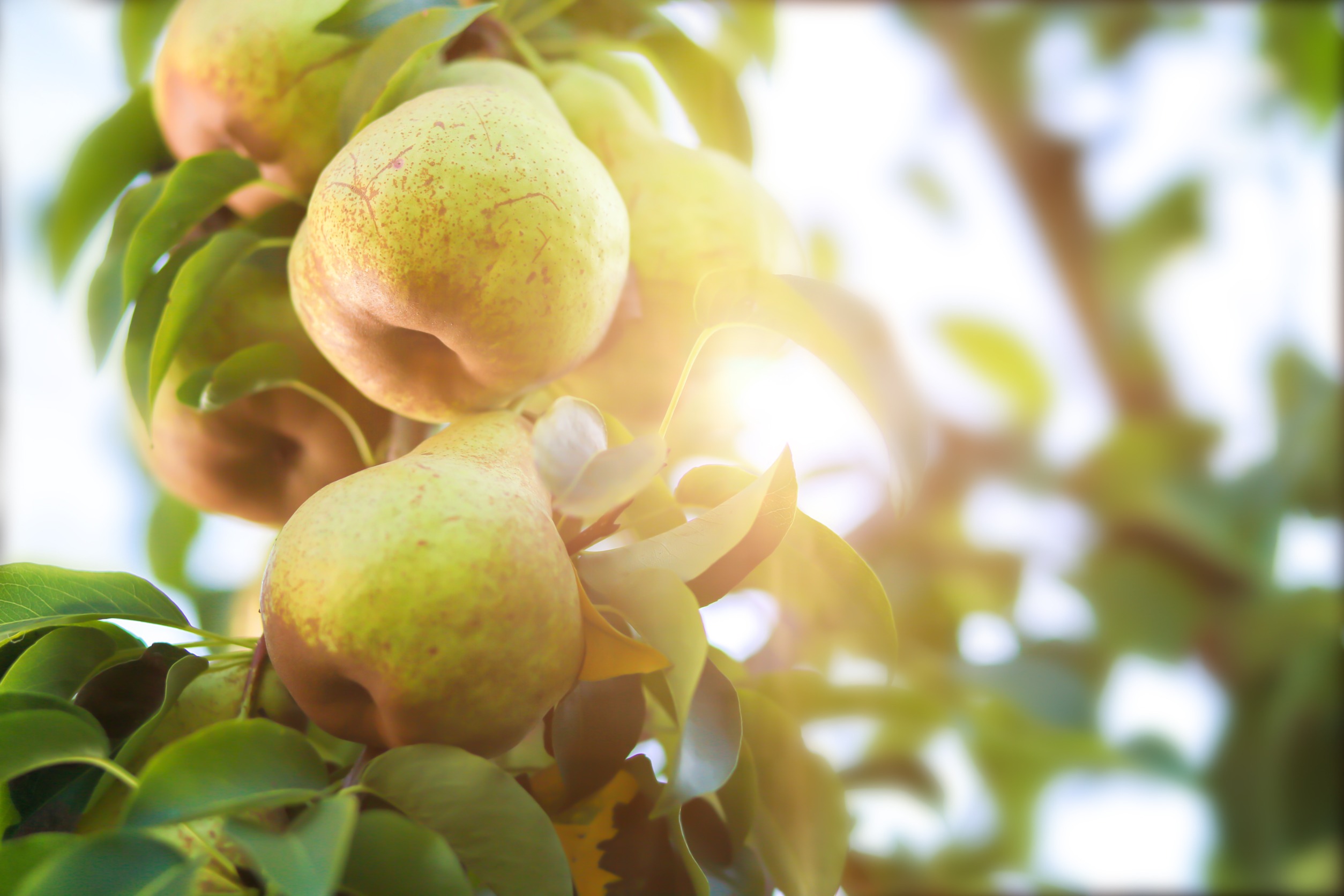
Step 1: Timing is Key
The ideal time to trim a Bradford Pear tree is during its dormant season, which typically occurs in late winter or early spring. Pruning during this period can help promote vigorous growth and minimize the risk of disease or pests infesting fresh cuts. Avoid trimming in late spring or summer, as this can disrupt the tree’s growth and leave it vulnerable to diseases like fire blight.
Step 2: Gather the Right Tools
Before you start trimming your Bradford Pear tree, make sure you have the necessary tools. These include sharpened bypass pruners for smaller branches (up to ½ inch in diameter), loppers for larger branches (up to 2 inches in diameter), and a pruning saw for even larger branches. It’s crucial to use clean, sharp tools to make precise cuts and minimize the risk of damage or disease transmission.
Spruce up the area around your trees with a landscaping design and installation service.
Step 3: Safety First
Before beginning any pruning work, prioritize safety precautions. Wear protective gear such as gloves, safety glasses, and a sturdy helmet to protect yourself from falling branches or debris.
Ensure there are no power lines or other obstacles in the vicinity that could pose a hazard during the trimming process. If the tree is particularly tall or branches are hard to reach, consider hiring us. For information on our tree trimming service check out our service page.
Step 4: Remove Dead or Diseased Branches
Begin by inspecting the tree for dead, damaged, or diseased branches. Dead branches are usually dry, brittle, and devoid of any foliage or buds. Diseased branches may exhibit signs of discoloration, cankers, or areas of dieback. Fire blight is an infectious disease that infects pear and apple trees. Read about fire blight disease from a Texas A&M publication.
Use your pruners or pruning saw to remove these branches at their point of attachment with the main trunk or larger branch. Make clean cuts just outside the branch collar, the slight swelling where the branch attaches to the trunk or parent branch. Be careful not to leave stubs or damage the branch collar, as this will impede the healing process.
Step 5: Thin Out Crossing or Crowded Branches
Next, focus on thinning out crossing or crowded branches within the canopy of the Bradford Pear tree. These branches can rub against each other, leading to wounds and potential entry points for diseases.
Identify branches that are inward-growing or closely parallel to other branches and remove one of them to provide better airflow and canopy structure. Make your cuts just outside the branch collar, avoiding unnecessary damage to the tree.
Sometimes a tree needs to be removed. There are many possible reasons for this. Read, “Deciding When to Remove a Tree,” to learn more.
Step 6: Maintain the Bradford Pear Tree’s Natural Shape
While pruning, aim to maintain the tree’s natural shape and avoid excessive or drastic trimming. Bradford Pear trees have a distinctive rounded or vase-like growth habit.
Remove any branches that disrupt this overall shape or grow too close to the ground. Retaining the tree’s natural form not only enhances its aesthetic appeal but also ensures the health and structural integrity of the tree.
Step 7: Regular Maintenance Pruning
Once you’ve addressed dead, diseased, crowded, or crossing branches, step back and assess the overall appearance and balance of the tree. Make any final adjustments to achieve a well-balanced canopy and remove any remaining branches that detract from the tree’s overall structure.
Regularly inspect and prune your Bradford Pear tree, making small adjustments as needed to maintain its health and shape.
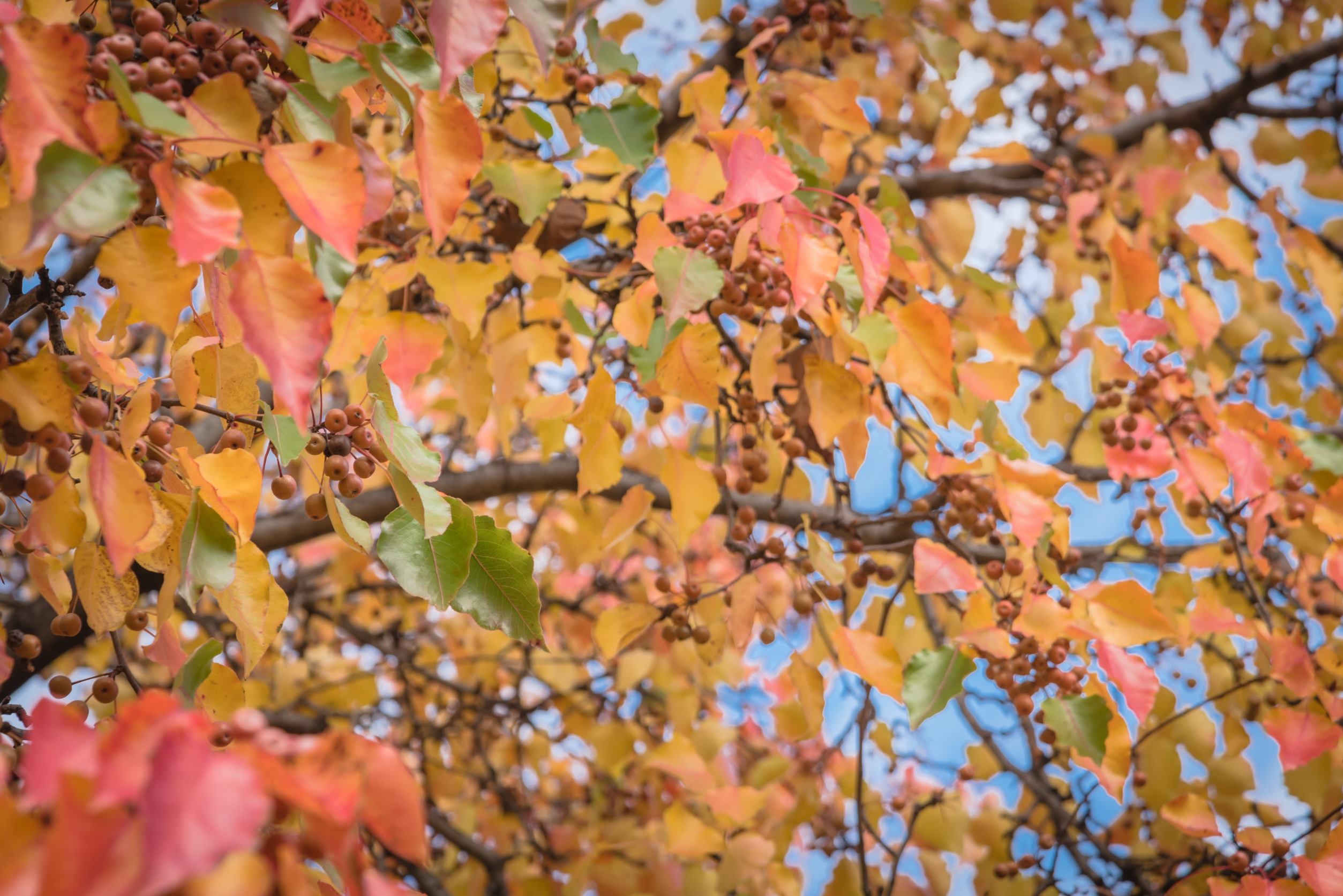
Important to Note- Bradford Pears are now considered Invasive Species
Texas homeowners may be familiar with the once popular Bradford Pear trees that adorned landscapes across the state. Initially celebrated for their beautiful spring blooms and elegant shape, these trees now pose a dual threat – they have become both invasive and potentially hazardous.
Originally brought to the United States from Asia in the early 1900s to combat fire blight, the Bradford Pear quickly spread beyond cultivation and began to naturalize in the wild.
With an abundance of easily dispersed seeds, facilitated by birds and other wildlife, the tree outcompeted native species and formed dense thickets.
Moreover, the weak V-shaped branching structure of the Bradford Pear makes it susceptible to breakage during storms, posing a safety risk to homeowners. As a result, the once revered tree is now deemed invasive, necessitating the need for management practices to restore and protect the balance of Texas ecosystems.
Trimming Bradford Pear Tree Summary
In conclusion, trimming a Bradford Pear tree requires proper timing, the right tools, and a focus on safety. Follow these steps to prune your Bradford Pear tree effectively, ensuring its health, shape, and overall appearance.
Remember to prioritize the tree’s natural form, remove dead or diseased branches, thin out crossing branches, and maintain regular pruning as part of your tree’s ongoing maintenance. By following these guidelines, you will enjoy a beautiful and healthy Bradford Pear tree in your landscape for years to come.
Let us know in the comments if you have any further questions.
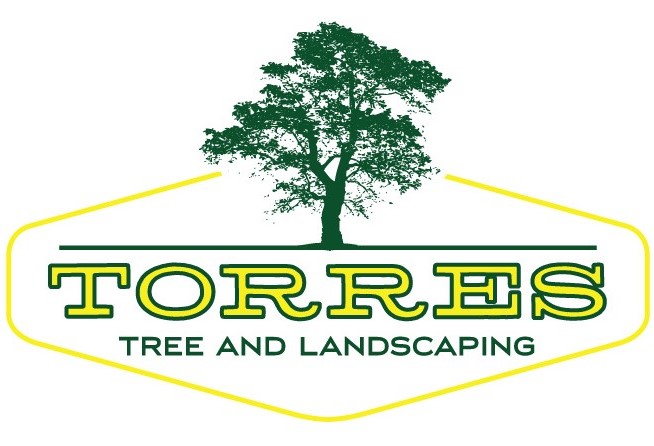
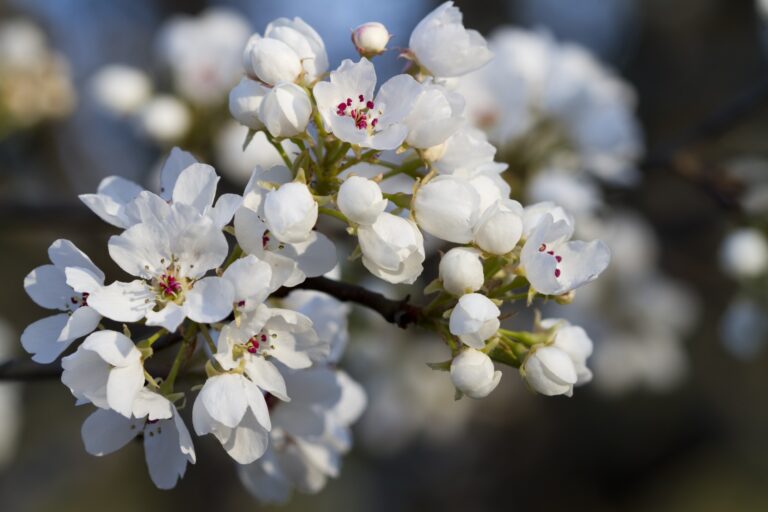
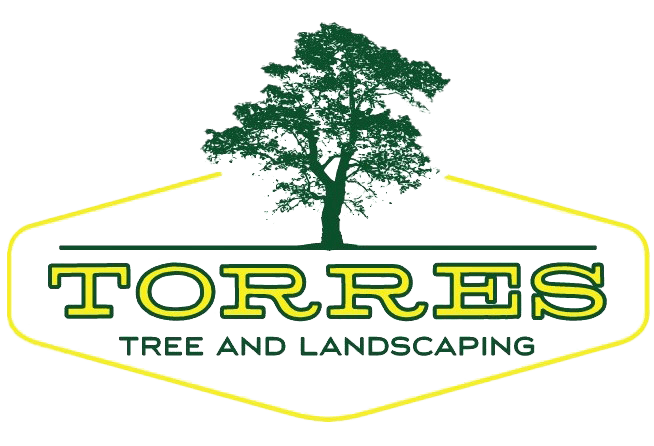
1 thought on “How to Trim a Bradford Pear Tree”
My Bradford tree has a multitude of offshoots from the roots (underbrush). Will the tree be harmed if these offshoots are removed? If not, what is best way to do so?